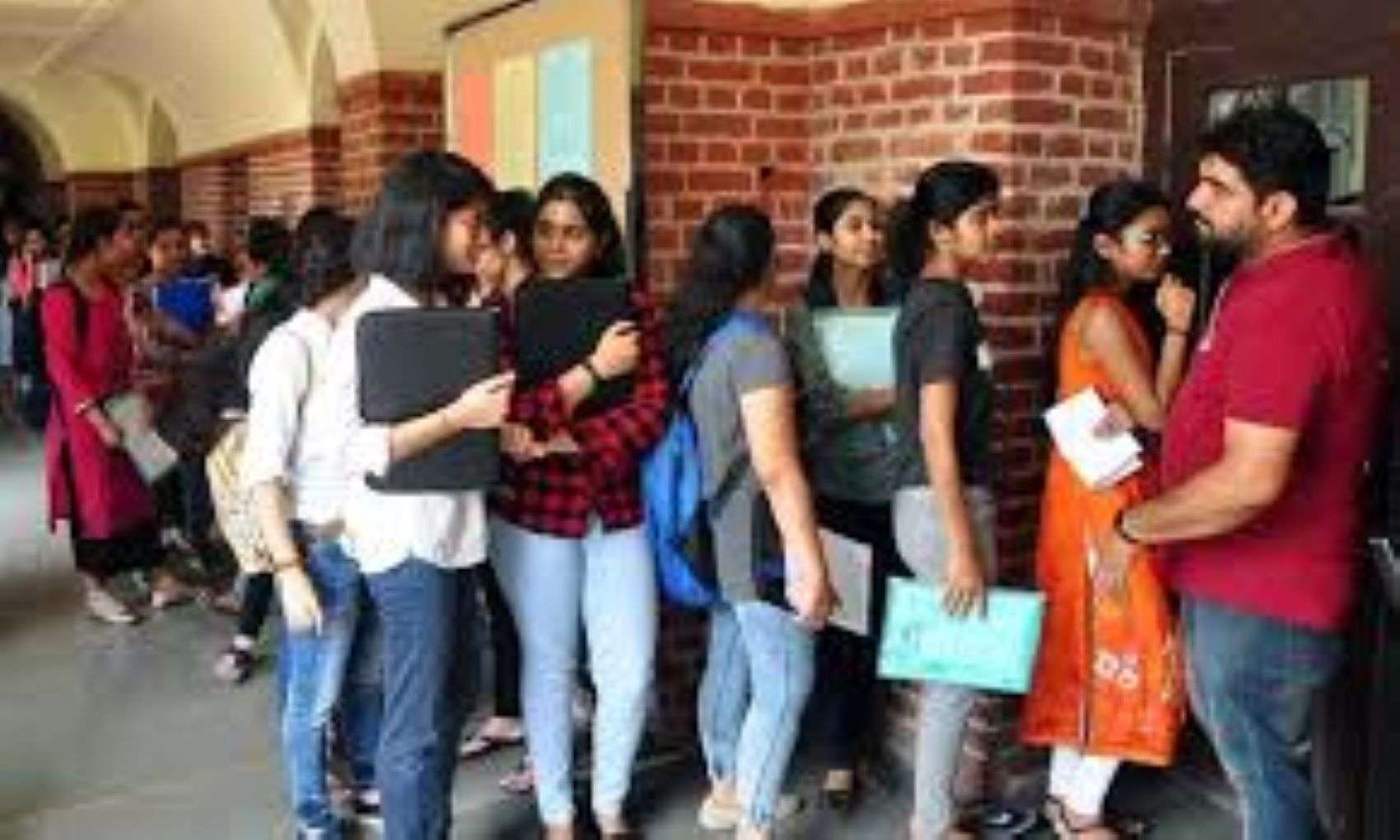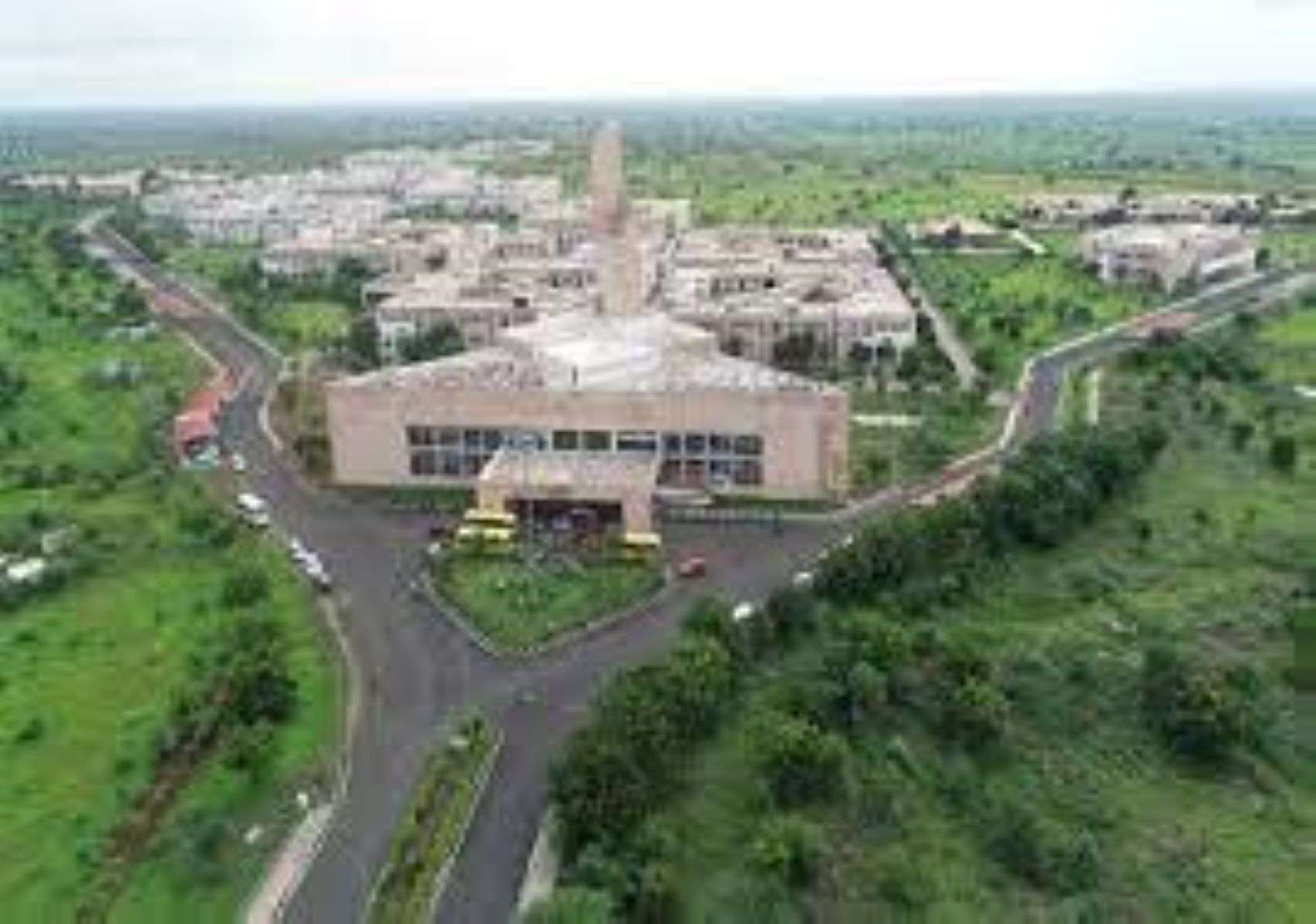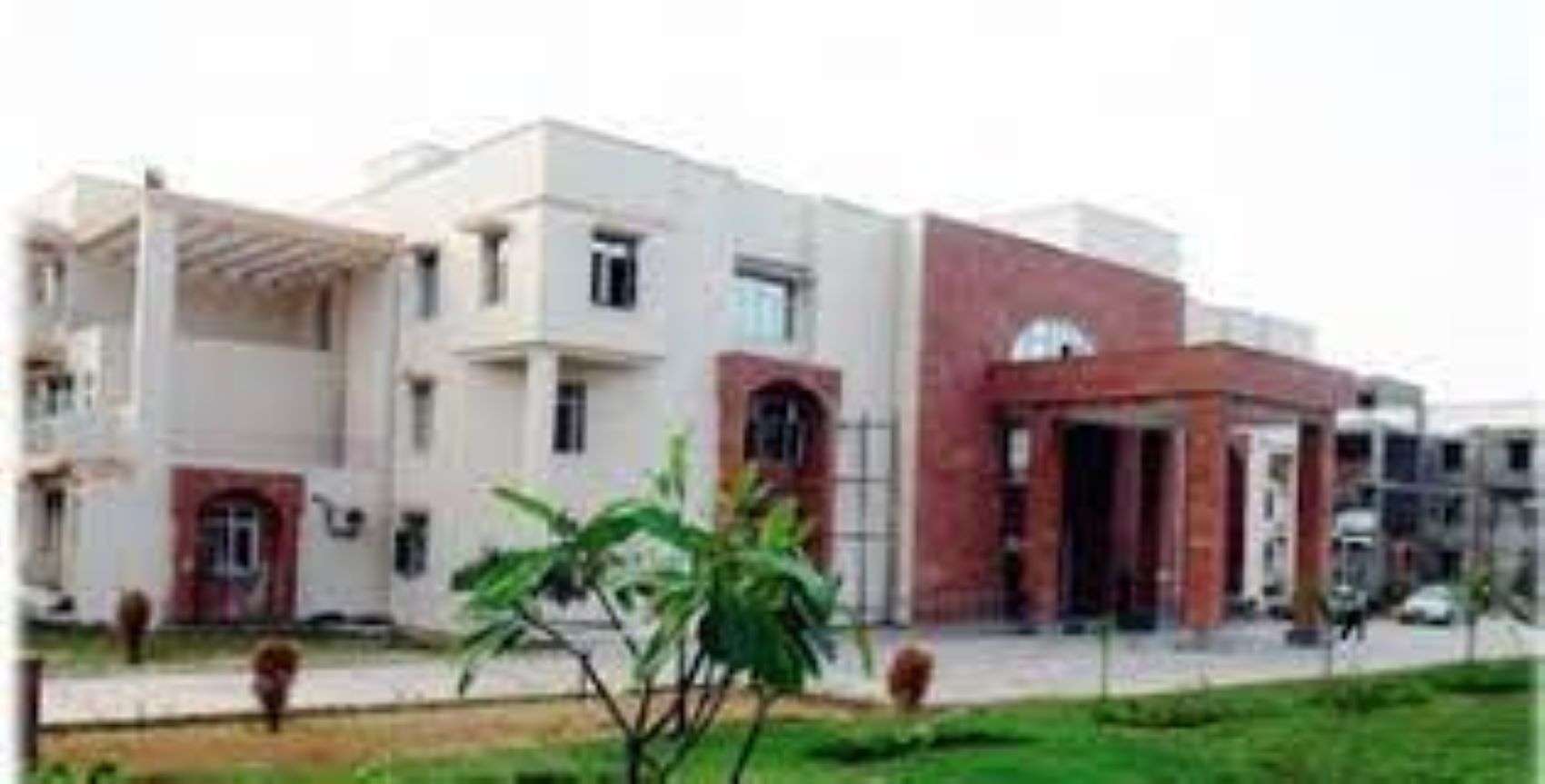Given the structure of the economy and the demographic profile, it is necessary to address the vulnerabilities of informal jobs; the contraction of the economy raises concerns about the employment situation, as the contracting sectors are the ones that create the most new jobs.
- While the ‘Garib Kalyan Rojgar Abhiyaan’ launched in June (intended to provide livelihoods in rural India) could be an immediate relief, a 50 billion rupee employment program cannot replace decent urban jobs.
- Given the structure of the economy and demographic profile, it is important to focus on reducing the vulnerabilities of informal urban jobs in the long term.
Economy and employment
Recent data on the downturn in the economy raise concerns about the employment situation in India. The contracting sectors most affected – construction (–50%), commerce, hotels and other services (–47%), manufacturing (–39%) and mining (–23%) – are the ones that create the most new jobs.
- In a scenario where each of these sectors is contracting so drastically, this would lead to increasing numbers of people losing their jobs, not getting one, or both.
- In other words, there is the possibility of a drop in employment and a subsequent rise in unemployment. This sharp contraction must be seen in light of the fact that India witnessed a wave of massive ‘reverse migration’ during the first phase of the shutdown, with millions of workers returning to their home countries due to the loss of their livelihoods.
- It is doubtful when and if they would return to their workplace, and it would not be unreasonable to assume that most workers might not return there in the near future.
- The strong announcement of the closure has highlighted the serious vulnerabilities of low-level informal urban jobs, as the share of vulnerable jobs is higher in India than in the world or in the South Asian region.
- Vulnerable employment is characterized by insufficient income, low productivity, and difficult working conditions that undermine the basic rights of workers.
- They are more likely to be in informal employment and not effectively represented by unions. According to the International Labor Organization, of the 535 million workers in India in 2019, some 398.6 million will have low-quality jobs.
- The poor quality of jobs and the high level of informality are central to the high level of the “working poor” or those who live on incomes below Rs 198 per day.
- Therefore, despite the higher economic growth in recent years, working poverty in India also remains high.
- Given the contraction and lack of demand in the economy, it is quite plausible that there is a significant decrease in urban job creation.
- Thus, policy interventions face two challenges in securing workers’ livelihoods in urban areas: first, creating more jobs, and second, reducing vulnerabilities by providing living wages and some form of job security.
Situation in India
The high and persistent incidence of vulnerable employment reflects the nature of the structural transformation process, whereby capital and labor are transferred from low value added sectors to higher value sectors.
- India makes a curious case in this regard, as capital and labor shift from low value-added activities in one sector to another, but not to higher value-added activities.
- This leads to a situation where a large part of the jobs created are of poor quality (and should remain so).
- Growth driven by the services sector in recent years has intensified, as strong job creation coexists in some services intensive in information and communication technologies (ICT), as well as a significant part of jobs created in “traditional low-value-added services, where informal and vulnerable forms of employment dominate.
- The result of such a process is the high incidence of informality that continues to undermine the prospects for reducing working poverty. ”The pandemic and associated policy responses have highlighted the vulnerability of these urban jobs.
Action
- The current crisis calls for a multifaceted strategy to tackle the problem of urban jobs.
- First, given the scale of urbanization, the emphasis on urban job creation programs must be coordinated with local governments; this is the key to “solving other problems that cities face”. As these problems are overwhelming, local actors need more resources. Resource mobilization could be facilitated by forming local alliances involving elected representatives, unions, employers and community groups ”.
- Second, an important local initiative would be to design and implement employment-intensive investment policies. These policies should encompass the initiatives of private entrepreneurs and government.
- Private investment must be facilitated by favorable contractual relations between labor and capital.
- Business creation should be an integral part of the strategy, with converging interests for workers and entrepreneurs on issues related to technology and improving productivity.
- Small and micro enterprises, the axis of industrialization, need additional support to balance interests between labor and capital, as neither of them has collective bargaining power.
- The third element would be to give priority to urban infrastructures, as they represent a large part of the total investments in the local economy.
Investing in infrastructure
However, many of these investments rarely benefit the urban poor, as housing, roads, sewers and water systems do not meet their needs. A labor-intensive approach to municipal infrastructure construction can be a cost-effective alternative to the capital-intensive approach, since wages are low.
- Investments in infrastructure would boost employment, generate profits and help create small businesses.
- The construction of low-cost housing is another activity that can be achieved using labor-intensive methods, while producing significant collateral benefits for city dwellers, ”as a document from the ILO.
- The fourth element could be the immediate launch of an urban employment plan aimed at building large-scale medical, health and sanitation infrastructure in cities and towns in India.
- Another immediate generation of jobs may be the expansion of essential service networks as part of state and local government social interventions.
- The capacity of our rural economy to absorb workers returning from cities is weak and the viability of agriculture to provide these workers with a decent life is questionable.
- In fact, many of these workers could have left their traditional jobs in the agricultural sector because the income from farming would be insufficient for their survival.
- MNREGA alone is not enough: furthermore, under the current circumstances, it is not valid to assume that Mahatma Gandhi’s Employment Guarantee Law (MGNREGA) or its substitutes can absorb a significant proportion of these workers.
- It is important that the MGNREGA is expanded by increasing both budget allocations and the guaranteed minimum number of working days. At the same time, it is highly idealistic to conclude that the entire workforce, which has returned to the respective home states, will be housed by an expanded MGNREGA or a close substitute.
- These workers could have chosen not to take a job with MGNREGA in the first place and instead chose to migrate and work in other states for higher wages.
- There is a need to strengthen MGNREGA and rural employment programs and increase their capacity, but only part of the workforce could be accommodated there.
- There will always be a large number of workers who will need other sources of employment, and the creation of decent urban jobs seems to be the only way out.











More Stories
Registration for CLAT 2025 begins today; last date October 15
CLAT 2025 registration will begin on July 15
Delhi University 5 Year Law Programs Registration Begins